- Home
- Features
- Movies/Media
- Collectibles
- Comics/Books
-
Databases
-
Figure Database
>
-
X-Plus Toho/Daiei/Other
>
- X-Plus 30 cm Godzilla/Toho Part One
- X-Plus 30 cm Godzilla/Toho Part Two
- X-Plus Large Monster Series Godzilla/Toho Part One
- X-Plus Large Monster Series Godzilla/Toho Part Two
- X-Plus Godzilla/Toho Pre-2007
- X-Plus Godzilla/Toho Gigantic Series
- X-Plus Daiei/Pacific Rim/Other
- X-Plus Daiei/Other Pre-2009
- X-Plus Toho/Daiei DefoReal/More Part One
- X-Plus Toho/Daiei DefoReal/More Part Two
- X-Plus Godzilla/Toho Other Figure Lines
- X-Plus Classic Creatures & More
- Star Ace/X-Plus Classic Creatures & More
-
X-Plus Ultraman
>
- X-Plus Ultraman Pre-2012 Part One
- X-Plus Ultraman Pre-2012 Part Two
- X-Plus Ultraman 2012 - 2013
- X-Plus Ultraman 2014 - 2015
- X-Plus Ultraman 2016 - 2017
- X-Plus Ultraman 2018 - 2019
- X-Plus Ultraman 2020 - 2021
- X-Plus Ultraman 2022 - 2023
- X-Plus Ultraman Gigantics/DefoReals
- X-Plus Ultraman RMC
- X-Plus Ultraman RMC Plus
- X-Plus Ultraman Other Figure Lines
- X-Plus Tokusatsu
- Bandai/Tamashii >
- Banpresto
- NECA >
- Medicom Toys >
- Kaiyodo/Revoltech
- Diamond Select Toys
- Funko/Jakks/Others
- Playmates Toys
- Art Spirits
- Mezco Toyz
-
X-Plus Toho/Daiei/Other
>
- Movie Database >
- Comic/Book Database >
-
Figure Database
>
- Marketplace
- Kaiju Addicts
|
Godzilla vs. Mothra (ゴジラvsモスラ Gojira tai Mosura) is a 1992 Japanese science fiction kaiju film produced by Toho Co., Ltd.. Directed by Takao Okawara with special effects by Koichi Kawakita, the film stars Tetsuya Bessho, Satomi Kobayashi and Akiji Kobayashi. The 19th installment in the Godzilla series, unadjusted for inflation the film remains the highest grossing film of the entire Godzilla series. After the success of the previous year's Godzilla vs King Ghidorah, Toho decided to bring back Mothra, their second most famous creation. Composer Akira Ifukube won a Japanese Academy Award for his score. The film was the second highest grossing film in Japan in 1993, second only to Jurassic Park. The film was released direct to video in the United States in 1998 by Columbia Tristar Home Video as Godzilla and Mothra: The Battle for Earth. 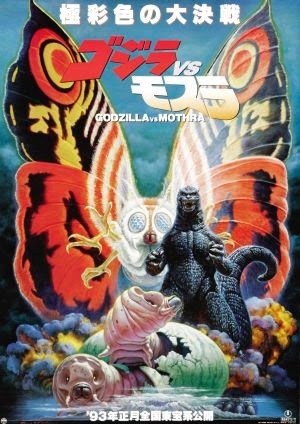 Plot A large meteor hurtles towards earth, lands in the ocean and awakens Godzilla. One particularly large typhoon is monitored over the Pacific ocean. The next day, a young man named Takuya Fujita is detained after stealing an ancient artifact. Later, a representative of the Japanese Prime Minister arrives with Takuya's ex-wife, Masako Tezuka, and offers him to explore an island with Masako and Marutomo company secretary, Kenji Ando, and become a free man. Takuya initially turns down the offer, on the basis that he is to be released in another week. But after his ex-wife informs him that his sentence has been reconsidered, he accepts. After the trio arrives at the island, they find a cave behind a waterfall. Inside, they discover ancient paintings, including a picture of two giant insects fighting one another. While studying them, the sun shines through a hole in the wall, and the light points to a small opening in the cave, where they come upon a giant egg. The three hear a pair of voices, which belong to the Cosmos. They keep the earth's natural order in balance, and informs them the egg belongs to Mothra. The Cosmos tell of an ancient, advanced civilization that tried to control the earth's climate. In return, the earth created Battra. Battra became uncontrollable, and started to harm the very planet that created it. Mothra, another earth protector, fought a fierce battle with Battra, who eventually lost. However, in the course of the battle, the civilization was destroyed. Mothra retired to Infant Island, and Battra the Northern Sea. Due to recent disasters, Mothra's egg has been uncovered, and the Cosmos fear that Battra has awoken as well. 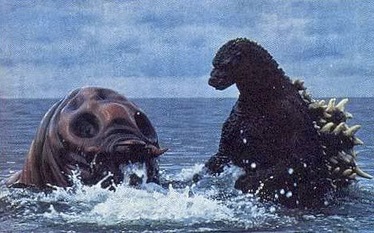 Meanwhile, Japanese forces try to stop Battra's invasion, but fail. Makoto then orders a freighter sent to Infant Island to pick up the egg, planning to exploit it. Ando explains to Masako and Takuya that, contrary to Takeshi's true intentions, he intends to protect the egg, and the Cosmos agree to let him take it. As they are sailing, Godzilla surfaces, and heads toward the egg. The egg then hatches, and a Mothra larvae crawls out. The two begin fighting. Battra soon appears and joins the fight, with Mothra caught in the middle. Mothra finally gets a chance at escape, and takes it. The battle between Godzilla and Battra is eventually taken underwater, where the force of the battle causes a giant crack in the ocean's floor that swallows the two. After the ordeal at sea, Takuya, Ando, Masako, and the Cosmos stay overnight at a hotel. While Ando is drinking, Masako and Takuya have a discussion about the day's events, and about their history together. Masako awakens to discover that the Cosmos have gone missing, and immediately wakes up Takuya, who immediately realizes that Ando took them back to Takeshi. The two take a flight back to Tokyo, where Masako meets up with their daughter, Midori, her sister, Mayumi, and Professor Fukazawa. While they talk, Takuya leaves. 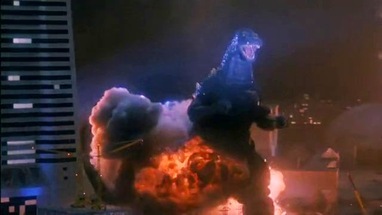 Masako then goes to the Diet to try to get them to buy the Cosmos back. They offer Takeshi all they can afford, but he turns them down. While this is happening, the Cosmos call out to Mothra and are saved. Marutomo employees discover the Cosmos are missing, and suspects the government of stealing them. Meanwhile, the government discovers that Mothra is on her way to Japan. While they are not certain of how Mothra will behave, they feel they must prepare for the worst. The next day, Masako sets out with Midori and telepath Miki Saegusa to find the Cosmos. After driving throughout the city, Miki finally hears the Cosmos' song and leads them to a hotel, where they find Takuya in possession of the Cosmos, and trying to sell them. While all this is happening, Mothra is heading through the city, directly towards the hotel. After Midori begs him to release the Cosmos, Takuya reconciles, and lets them free. The Cosmos then tell Mothra to leave the city, and not to hurt anyone else. Mothra turns around, and heads back. The forces attack again, but stop when they realize that Masako and the others are in the hotel. Mothra, behaving strangely, heads for the Diet building. Mothra starts building a cocoon around herself. While she does this, Miki feels Godzilla is alive, and has just surfaced from Mount Fuji. Mothra transforms into her adult form and flies away. Battra, alive as well, also transforms into his adult form. Mothra and Battra meet up at Yokohama Cosmo World, and proceed to battle. At this point, Godzilla shows up and Battra decides that Godzilla is a more important target, and attacks him instead. Godzilla soon defeats Battra. At this point, Mothra charges Godzilla with her rays. With Godzilla temporarily disabled, Mothra flies towards Battra, and revives him. Godzilla then fires his atomic ray at a nearby Ferris wheel and attempts to collapse it onto Mothra. Battra grabs the Ferris wheel, and crashes it onto Godzilla. Eventually, Godzilla is overwhelmed and falls to the ground, and Mothra and Battra set to carry Godzilla back into the ocean. Over the sea, Godzilla fires a blast at Battra from point blank range, killing him. A tired Mothra drops Godzilla and the lifeless Battra into the water below. The next morning, the Cosmos explain Battra had been waiting many years to destroy an even larger meteorite that would threaten the earth in 1999. Mothra had promised she would stop the future collision if Battra were to die, and she and the Cosmos leave earth as the humans bid farewell. (the meteor could have been spacegodzilla) Cast
English Version After the film was released in Japan, Toho commissioned a Hong Kong company to dub the film into English. In this international version of the movie, an English title card was superimposed over the Japanese title, as had been done with Godzilla vs. King Ghidorah (1991). Manga Video released the international version of Godzilla vs. Mothra on video in the United Kingdom on July 3, 1995. An Italian-dubbed version (titled Godzilla contro Mothra) of the international version was released by Yamato Video in Italy. Columbia TriStar Home Entertainment released Godzilla vs. King Ghidorah and Godzilla vs. Mothra on home video on April 28, 1998. This was the first time either film had been officially released in the United States. TriStar used the Toho dubbed versions, but cut the end credits and created new titles and opening credits for both films. To avoid confusion with video releases of Mothra vs. Godzilla (1964), then titled Godzilla vs. Mothra, TriStar renamed the film Godzilla and Mothra: The Battle for Earth. Like Godzilla vs. King Ghidorah, some VHS copies of the film opened and closed with the 1984 TriStar Pictures logo. Box Office The film sold approximately 4,200,000 tickets in Japan, becoming the number one Japanese film on the domestic market in the period that included the year 1993. It made ¥2.22 billion in distribution income (roughly $20,000,000 [U.S]). It was the highest grossing film of the Heisei Godzilla series and, unadjusted for inflation, the highest grossing film of the entire franchise. Adjusted for inflation, the highest grossest film in the series is still King Kong vs. Godzilla (1962). It remains the fourth most-attended monster film in Japan, and the second biggest film in Asia, behind Jurassic Park. Critical Reaction Ed Godziszewski of Monster Zero said, "Rushed into production but a few months after Godzilla vs. King Ghidorah, this film is unable to hide its hurried nature [but] effects-wise, the film makes up for the story’s shortcomings and then some." Japan Hero said, "While this movie is not the best of the Heisei series, it is still a really interesting movie. The battles are cool, and Battra was an interesting idea. If you have never seen this movie, I highly recommend it." 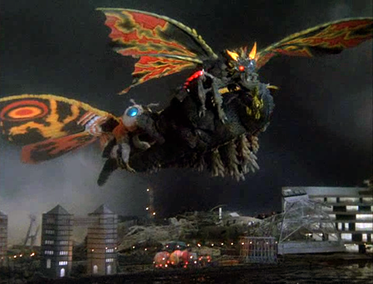 Stomp Tokyo said the film is "one of the better Godzilla movies in that the scenes in which monsters do not appear actually make some sort of sense. And for once, they are acted with some gusto, so that we as viewers can actually come to like the characters on screen, or at least be entertained by them." Mike Bogue of American Kaiju said the film "[does] not liv[e] up to its potential," but added that "[its] colorful and elaborate spectacle eventually won me over" and "the main story thread dealing with the eventual reconciliation of the divorced couple adequately holds the human plot together." Home Media Releases (US) Columbia/Tristar Home Entertainment Released: November 10, 1998 Aspect Ratio: Full frame (1.33:1) [NTSC] Sound:English (2.0) Supplements: Theatrical trailer Liner notes Case type: Keep Case Region 1 (DVD) Notes: Only in a double feature with Godzilla vs. King Ghidorah (1991). Blu-Ray will be coming out May 6, 2014 as a double feature with Godzilla vs. King Ghidorah.
0 Comments
|
Release Dates
November 2023
|
|
© 2011-2024 Kaiju Battle. All Rights Reserved.
|
Visit Our Social Media Sites
|
Proudly powered by Weebly
|
- Home
- Features
- Movies/Media
- Collectibles
- Comics/Books
-
Databases
-
Figure Database
>
-
X-Plus Toho/Daiei/Other
>
- X-Plus 30 cm Godzilla/Toho Part One
- X-Plus 30 cm Godzilla/Toho Part Two
- X-Plus Large Monster Series Godzilla/Toho Part One
- X-Plus Large Monster Series Godzilla/Toho Part Two
- X-Plus Godzilla/Toho Pre-2007
- X-Plus Godzilla/Toho Gigantic Series
- X-Plus Daiei/Pacific Rim/Other
- X-Plus Daiei/Other Pre-2009
- X-Plus Toho/Daiei DefoReal/More Part One
- X-Plus Toho/Daiei DefoReal/More Part Two
- X-Plus Godzilla/Toho Other Figure Lines
- X-Plus Classic Creatures & More
- Star Ace/X-Plus Classic Creatures & More
-
X-Plus Ultraman
>
- X-Plus Ultraman Pre-2012 Part One
- X-Plus Ultraman Pre-2012 Part Two
- X-Plus Ultraman 2012 - 2013
- X-Plus Ultraman 2014 - 2015
- X-Plus Ultraman 2016 - 2017
- X-Plus Ultraman 2018 - 2019
- X-Plus Ultraman 2020 - 2021
- X-Plus Ultraman 2022 - 2023
- X-Plus Ultraman Gigantics/DefoReals
- X-Plus Ultraman RMC
- X-Plus Ultraman RMC Plus
- X-Plus Ultraman Other Figure Lines
- X-Plus Tokusatsu
- Bandai/Tamashii >
- Banpresto
- NECA >
- Medicom Toys >
- Kaiyodo/Revoltech
- Diamond Select Toys
- Funko/Jakks/Others
- Playmates Toys
- Art Spirits
- Mezco Toyz
-
X-Plus Toho/Daiei/Other
>
- Movie Database >
- Comic/Book Database >
-
Figure Database
>
- Marketplace
- Kaiju Addicts
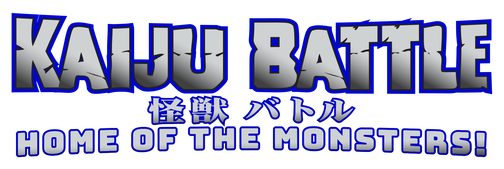
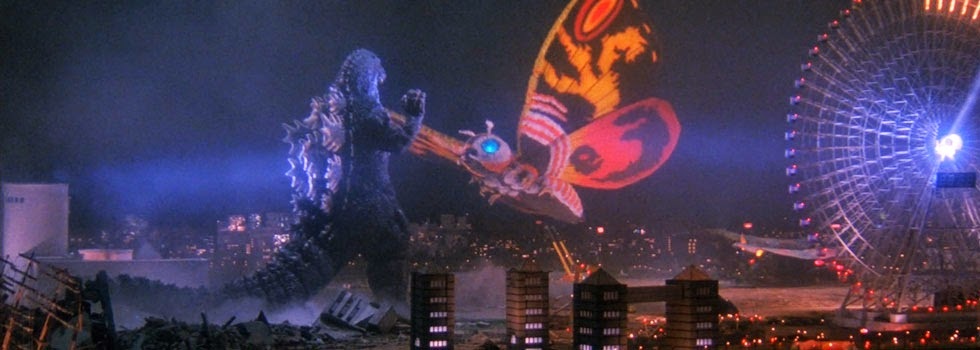
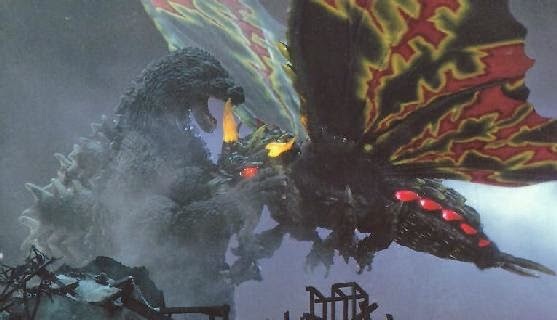
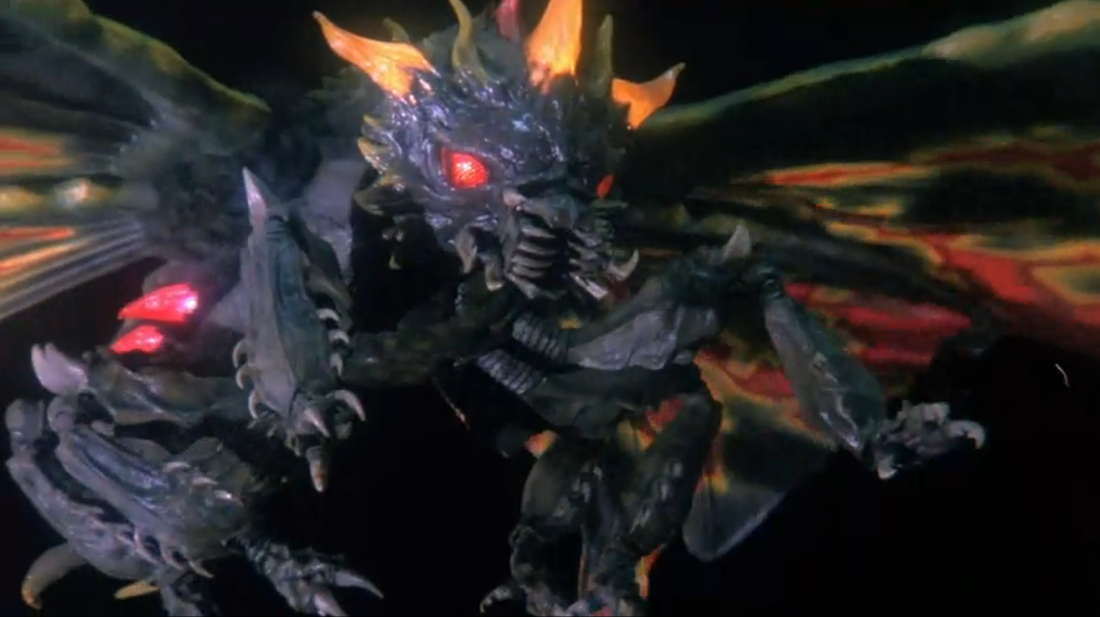
 RSS Feed
RSS Feed